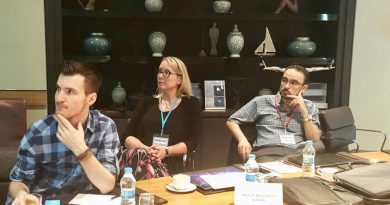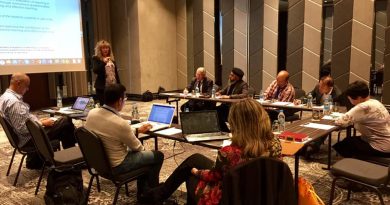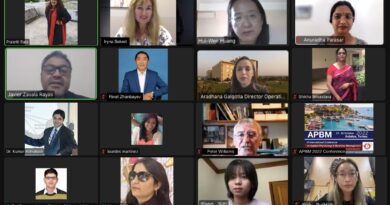How to Design and Organise a Workshop on Multicultural Diversity in Your Organisation
1. Define sponsors and stakeholders of the program
Before designing the workshop program it is important to define the target organisation, and those who will benefit from the designed program and its implementation. At this stage the workshop designer should interview the people, working in the organisation, in order to collect information about the environment, to highlight behaviours and communication patterns which they would like to change. The targeted issues can be effective management, strategies of communication, gender issues, conflict resolution.
2. Specifying the aims and objectives of the workshop
Based upon the collected information, the workshop designer develops a program which is going to target the problems, found out during the first stage. In dealing with the problem of multicultural diversity in the organisation the workshop content may cover the issues of social customs, patterns of communication and behaviours in different cultures, gender roles and traditional behaviours, psychological specifics of multi-generational workflow.
3. Designing the workshop content
The workshop designer should prepare the slides and materials covering the main concepts and definitions concerning multicultural diversity and the organisational environment. It is important to keep the theoretical input precise, illustrating it with the examples and giving the time to the participants to discuss the statements. The activities to plan in the workshop should include ice-breakers, role-plays, case studies, discussions, and other techniques to assure active participation and personal involvement of the participants.
4. Delivering the workshop
The designer must be sure that the participants which will participate in the workshop are going to represent various ages, cultures and backgrounds. In this way the participants will experience interaction and get the skills which are targeted in the workshop. When scheduling the workshop it is important to consider the time required for disclosure of all the planned topics. In case of considerable time required for covering all the planned issues, the workshop program can be divided into sections. The main principles to follow in the decision to split the program are the program unity (e.g. one section can cover one main issue, or one key problem and subordinate questions) and the workload upon the participants. The atmosphere of the communication and participation in the workshop must be energetic, interactive and fruitful. The time must be planned for theoretical input, activities, discussions, and reflection. The workshop leader must monitor the mood and character of the communication in the group to be able to tune it and bring the participants to the targeted assumptions and skills.
5. Before the workshop delivery
It can be helpful to administrate a quiz upon the concepts which are going to be discussed in the workshop. The quiz may concern the participants’ background knowledge and experiences on the issues under the consideration. Completing the quiz may help the participants to recognise their own gaps in knowledge of the cultures and communication, biases and stereotypes about genders or generations. It can prepare them for the discussions during the workshop and be open to change their points of view.
6. After the workshop
The workshop leader must be sure to plan a reflective period in the end of the workshop. It will help to manage emotions and feelings which could arise during the workshop, to bring to a deeper realisation of the learned concepts, make the participants reflect on their own behaviours and communication patterns, and also to evaluate the effectiveness of the workshop as a whole.
7. Post-workshop evaluation
The workshop designer can administrate an online survey to the participants to collect their feedbacks about the program. After the end of the workshop program within two or three months it can be useful to contact the management of the organisation to discuss the outcomes of the workshop, namely, if there are any visible changes occurred in the patterns of the behaviours and communication in the organisation.



